The Boss HM-2 and the Birth of the Chainsaw Sound
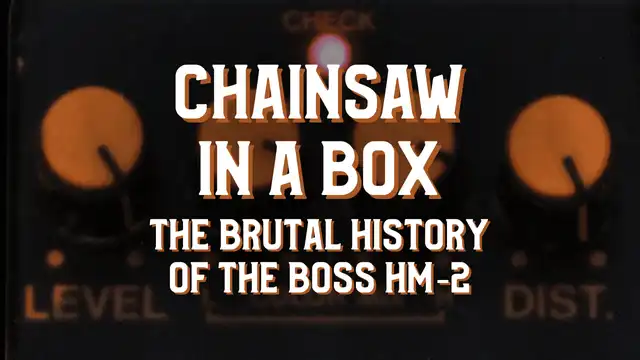

If tone could kill, the Boss HM-2 Heavy Metal pedal would have a serious body count.
What began as a humble black and orange box in Boss’s early-’80s distortion lineup went on to carve its way through the world of death metal, creating one of the most recognizable, brutal, and gloriously filthy guitar tones ever.
Known lovingly (and fearfully) as the “Swedish Chainsaw”, the HM-2 doesn't just distort sound — it disembowels it.
Let’s dime this puppy and dive into the snarling history of the HM-2 and its signature sound.
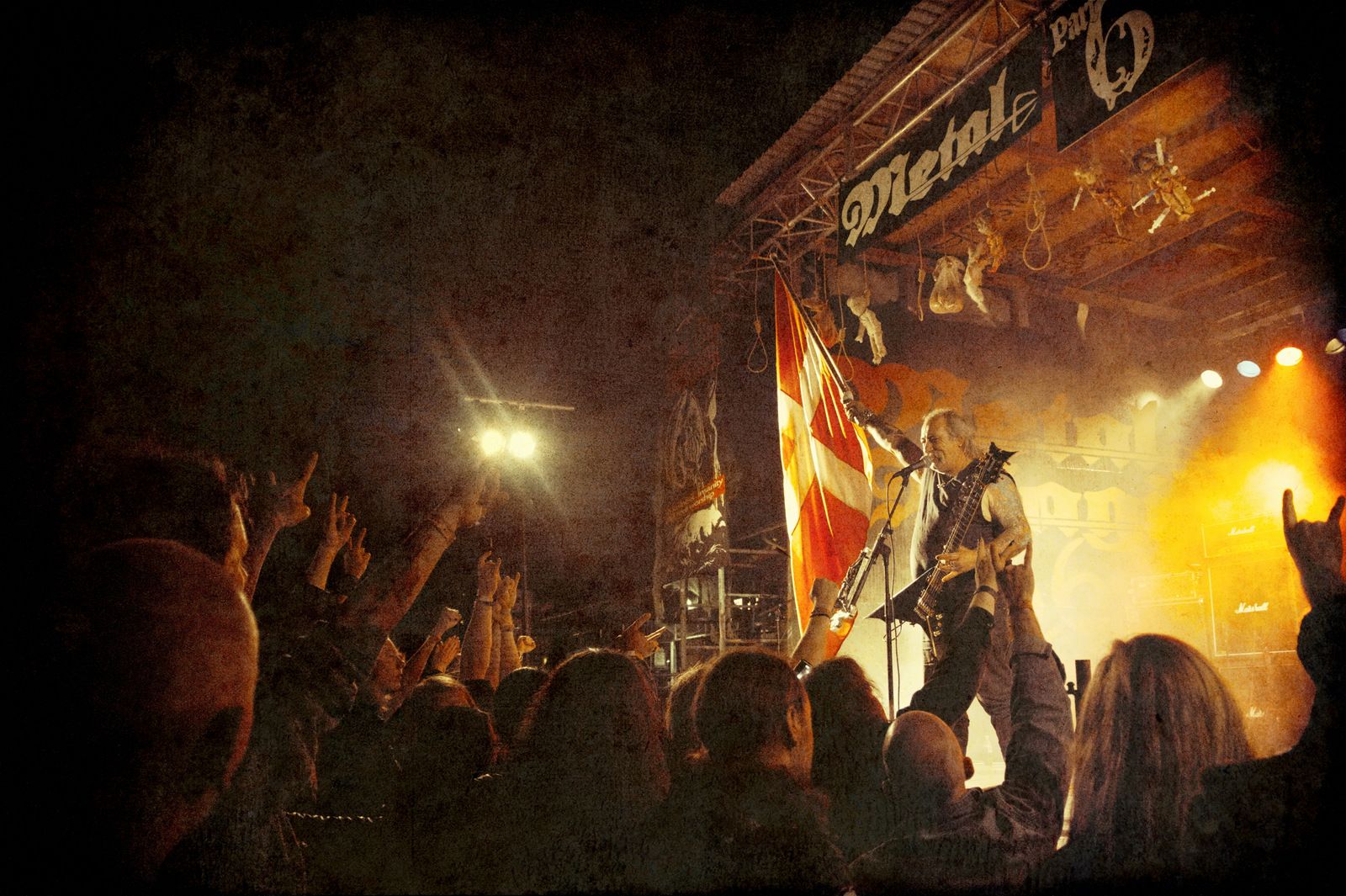
A Brief History of Boss and Heavy Metal in a Box
Founded in Japan in 1973, Boss quickly became synonymous with compact, rugged pedals that defined the modern guitar tone palette. They nailed the clean chorus (hello, CE-1 and CE-2), gave us delay for days (DD-2), and built their reputation on innovation and indestructibility.
By the early 1980s, Boss was experimenting with distortion flavors to suit the rising tide of hard rock and metal. They already had the DS-1 Distortion, beloved by Steve Vai and Joe Satriani for its mid-focused bite. But metal was getting darker, heavier, and — crucially — more extreme.
Enter 1983’s Boss HM-2 Heavy Metal, designed to capture the “British stack sound” in a box – i.e., the roar of a cranked Marshall through a 4x12 cabinet.
What Boss didn’t know at the time was that they were about to unleash something far more unholy.
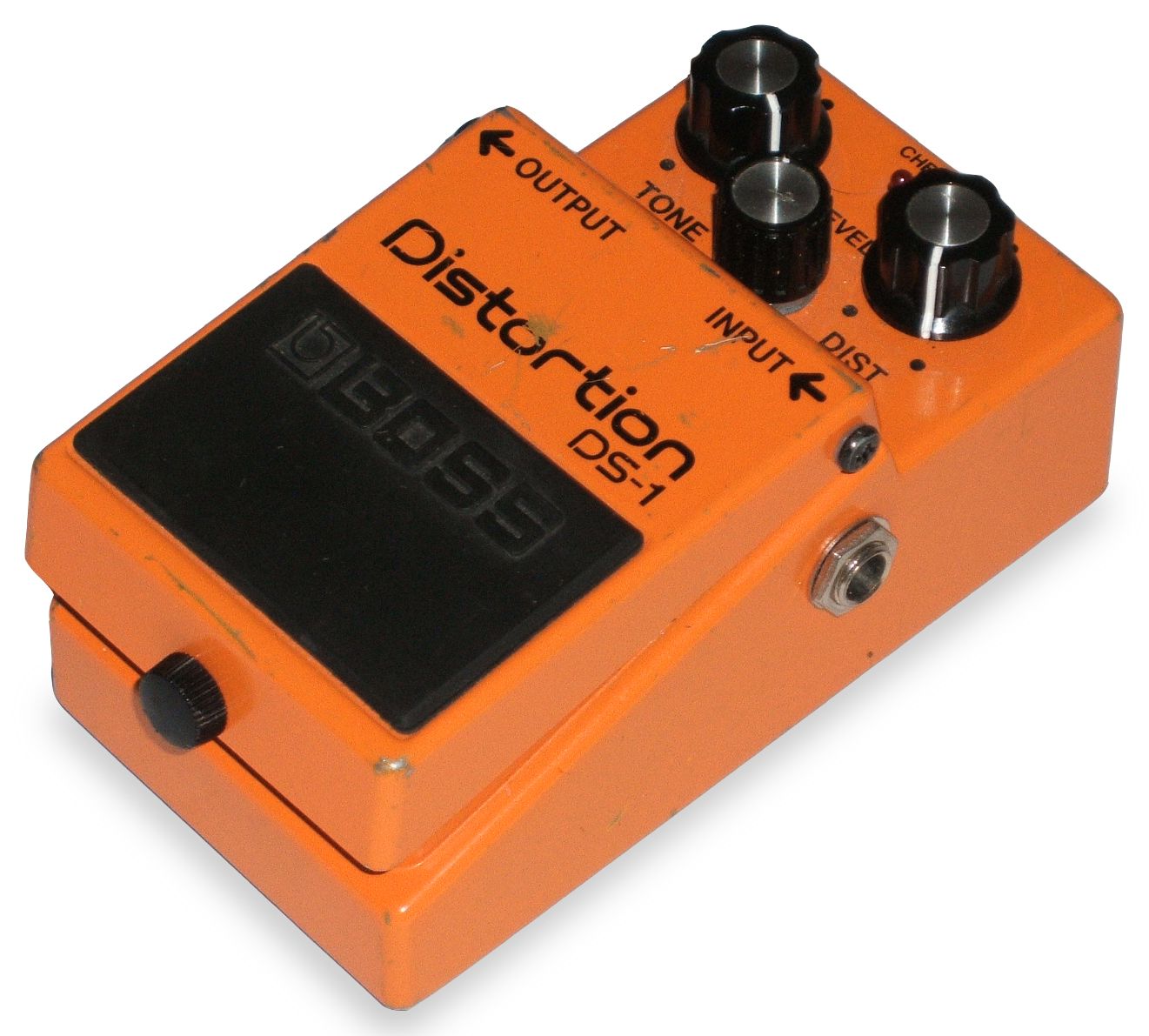
Enter the Chainsaw: How Sweden Made the HM-2 Immortal
In its original run from 1983–1991, the HM-2 wasn’t exactly a hit. It was too gnarly for most rock players, who found its tone muddy and unruly. But in the late ’80s, something was happening thousands of miles away in Stockholm, Sweden.
Bands like Entombed, Dismember, and Grave were forging a new, feral sound — Swedish death metal — characterized by crushing riffs, relentless drumming, and a wall of sound so thick it felt like being run over by a tank full of buzzsaws.
The architects of this sonic apocalypse? A group of Swedish teenagers with low budgets, cheap gear, and a taste for chaos.
At the heart of their setup was the Boss HM-2, often plugged directly into solid-state Peavey amps or old Marshalls.
The magic formula was simple:
- All four knobs (Level, Distortion, Color Mix Low, and Color Mix High) dimed to 10
- Guitars tuned down
- Gain cranked
The results? A seething wall of grinding, midrange-heavy, chainsaw fury.
This setting became known colloquially as “Chainsaw Mode.”
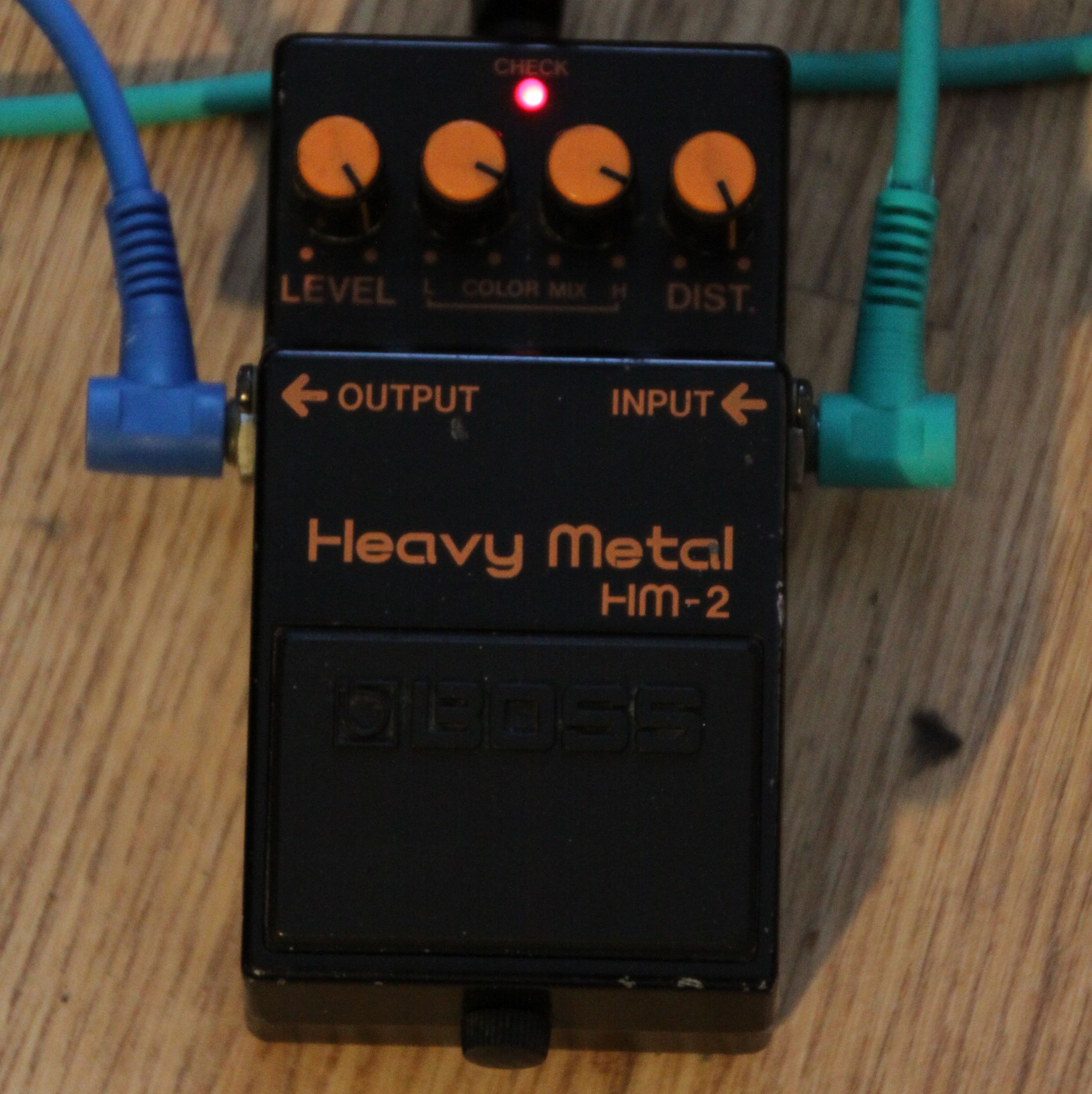
Popular Architects of the Chainsaw Sound
Entombed
Formed in 1987, Entombed were the torchbearers of Swedish death metal. Their 1990 debut album “Left Hand Path” became an instant classic. The track “Revel in Flesh” showcases the HM-2 in all its filthy glory — layers of guitars grinding like a thousand chainsaws ripping through rusted steel.
Guitarists Uffe Cederlund and Alex Hellid cemented the pedal’s mythos by maxing out every knob, creating that serrated texture that would define a generation of metal.
Dismember
Dismember’s 1991 album “Like an Ever Flowing Stream” followed in Entombed’s bloodied footsteps, doubling down on the HM-2 assault. Guitarist David Blomqvist wielded the tone like a weapon, turning buzz into brutality.
Grave
Meanwhile, Grave brought an even more primal, rumbling take on the HM-2 tone, pairing it with dark, guttural vocals and bone-crushing grooves. Their use of the pedal helped push the sound deeper into the underground.
Outside of Sweden, bands like Edge of Sanity, Bloodbath, and later, Trap Them, Black Breath, and Gatecreeper, would all resurrect the HM-2’s infernal glory — blending old-school buzzsaw tone with modern aggression.

Why It Works (and Why It Shouldn’t)
On paper, the HM-2 is chaos. All mids, no subtlety, and it signal compression that creates a molten wall of noise. But therein lies its beauty: the interaction between the two Color Mix bands (Low and High) creates a snarling, chainsaw-like buzz that slices through any mix like a surgical strike.
The tone is both ugly and glorious, evoking a texture almost more mechanical than musical. It’s so aggressive that it paradoxically becomes its own form of clarity — a weaponized wall of sound. The fact that it was discovered by accident by a bunch of Swedish death metal kids only adds to its legend.
Chainsaw-Worthy
The best Stringjoy gear for drop-tunings and heavy distortion.
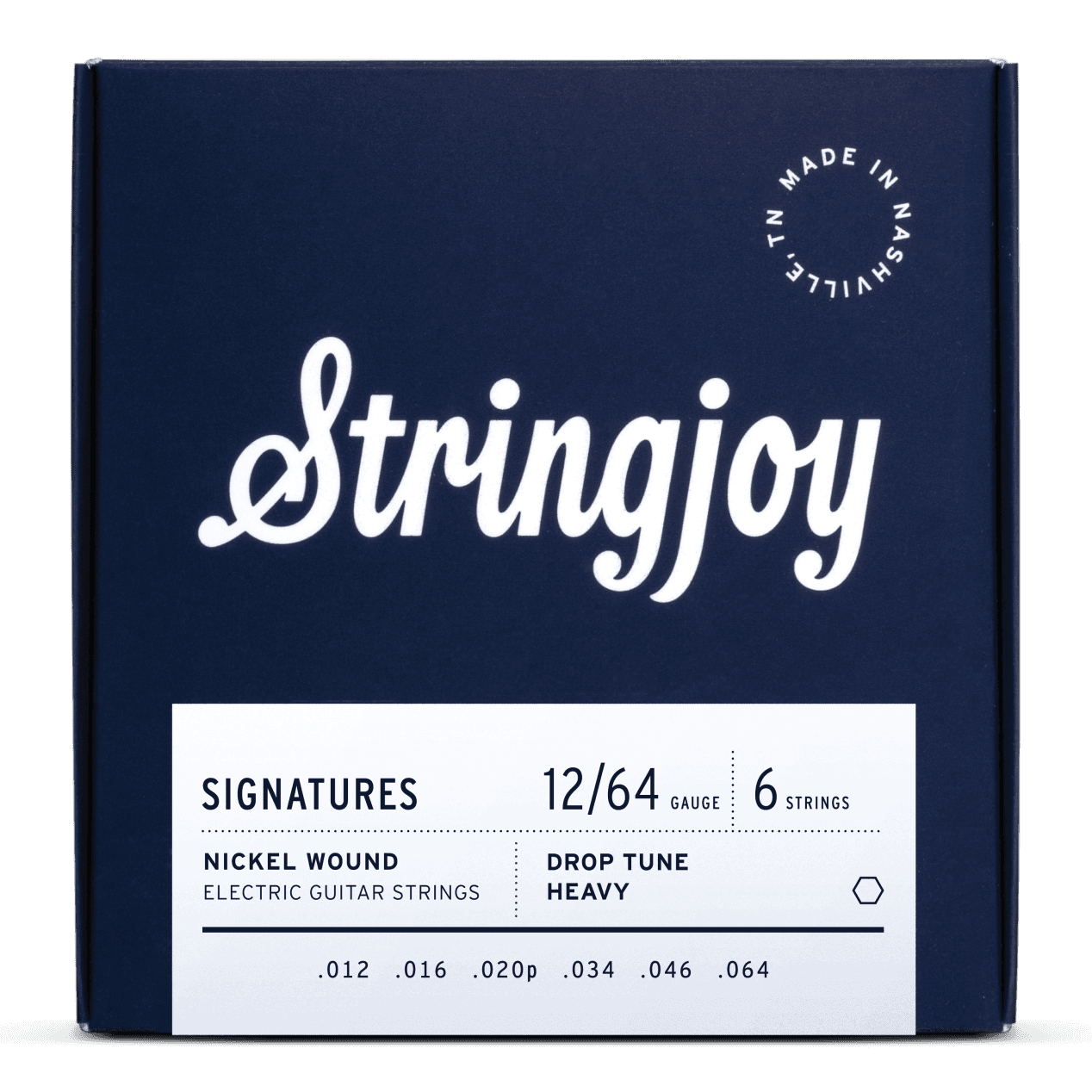
Stringjoy 12-64 Drop A/B Gauge Signatures - Nickel Wound Electric Guitar Strings
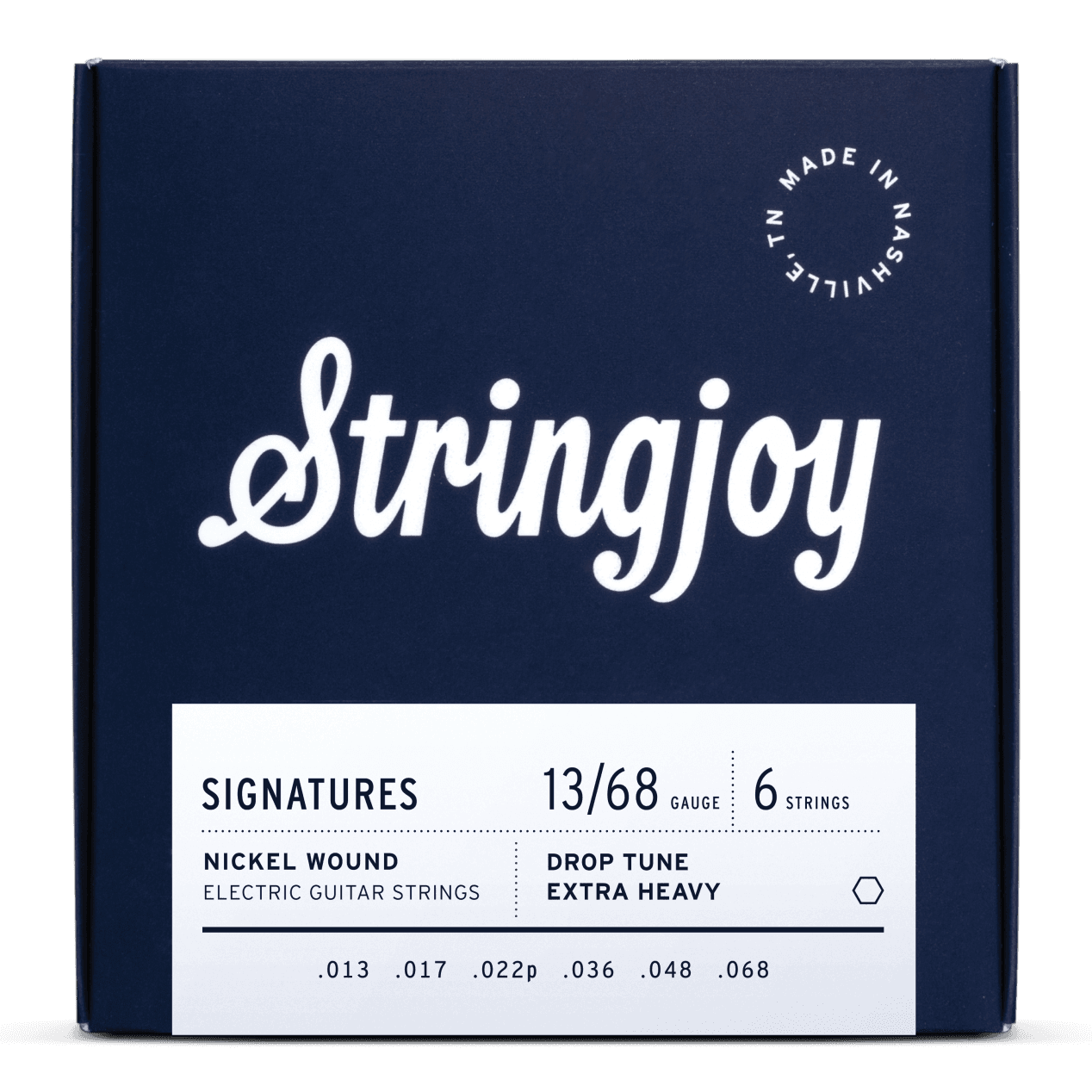
Stringjoy 13-68 Drop G/A Gauge Signatures - Nickel Wound Electric Guitar Strings
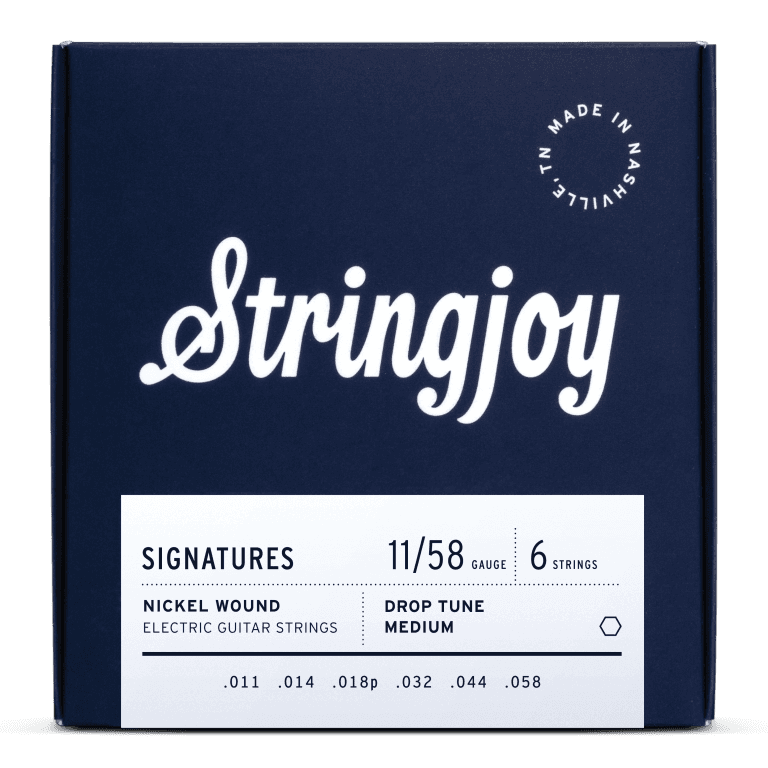
Stringjoy 11-58 Drop C Gauge Signatures - Nickel Wound Electric Guitar Strings
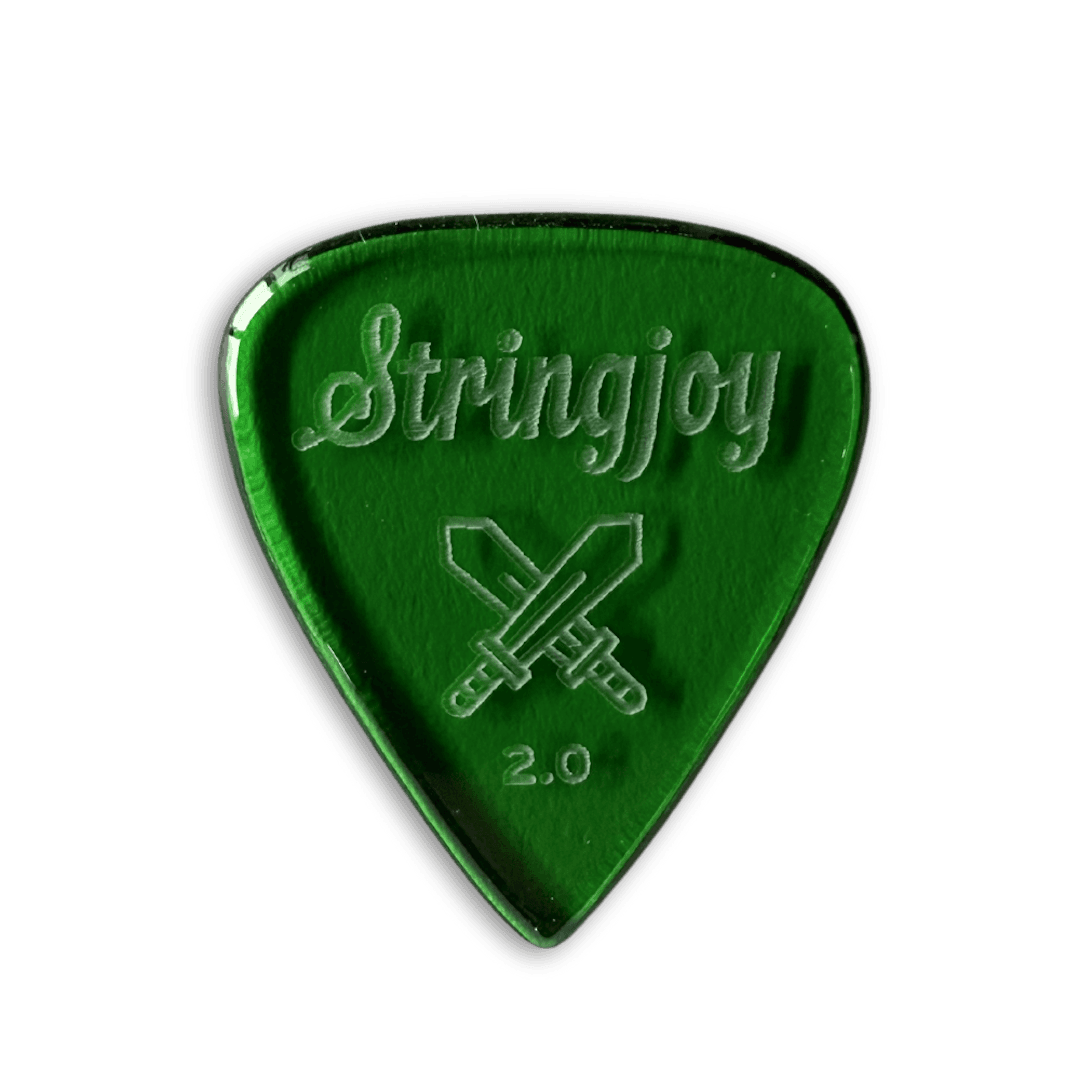
Stringjoy 2.0mm Longsword Acrylic Picks - 2 pack
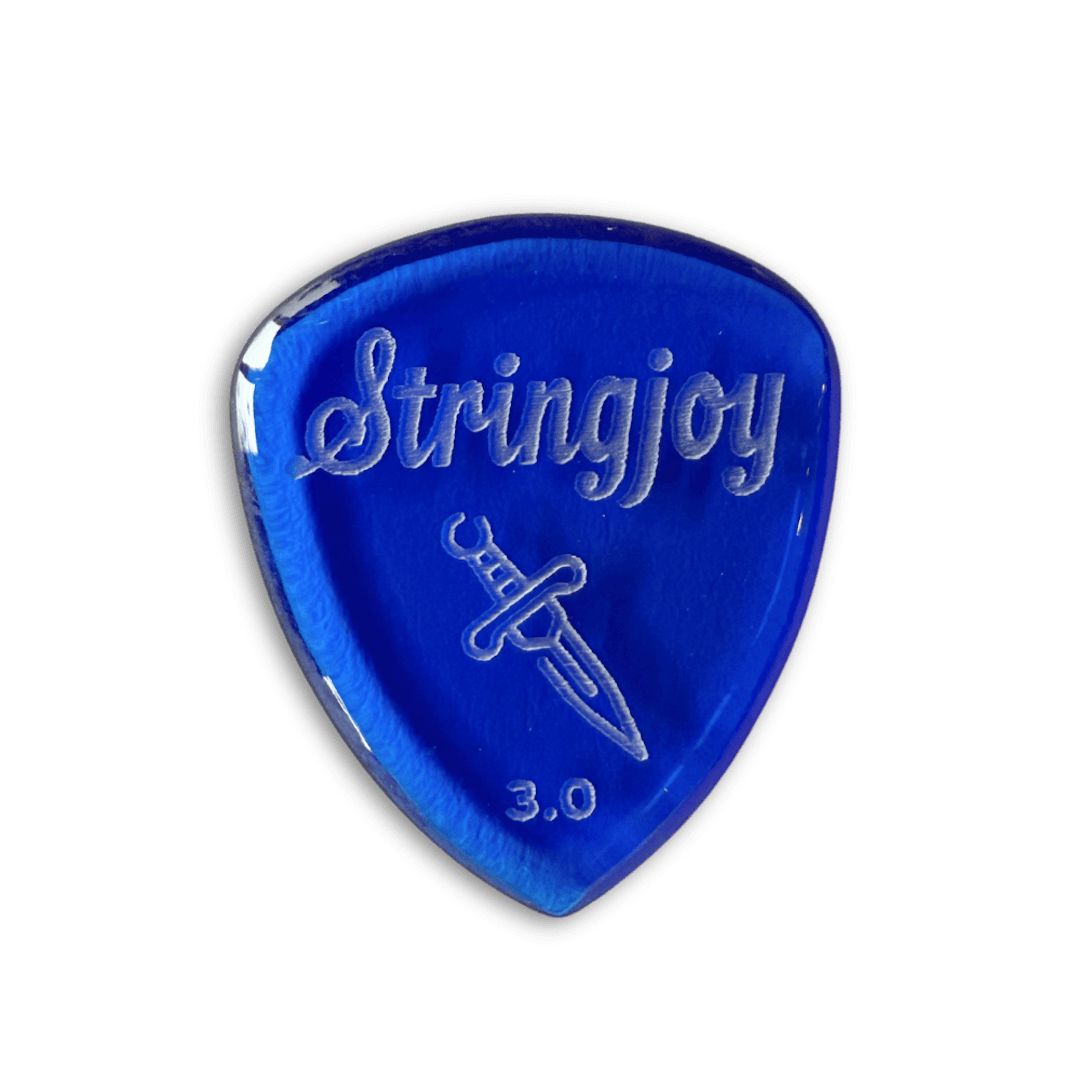
Stringjoy 3.0mm Dagger Acrylic Picks - 2 Pack
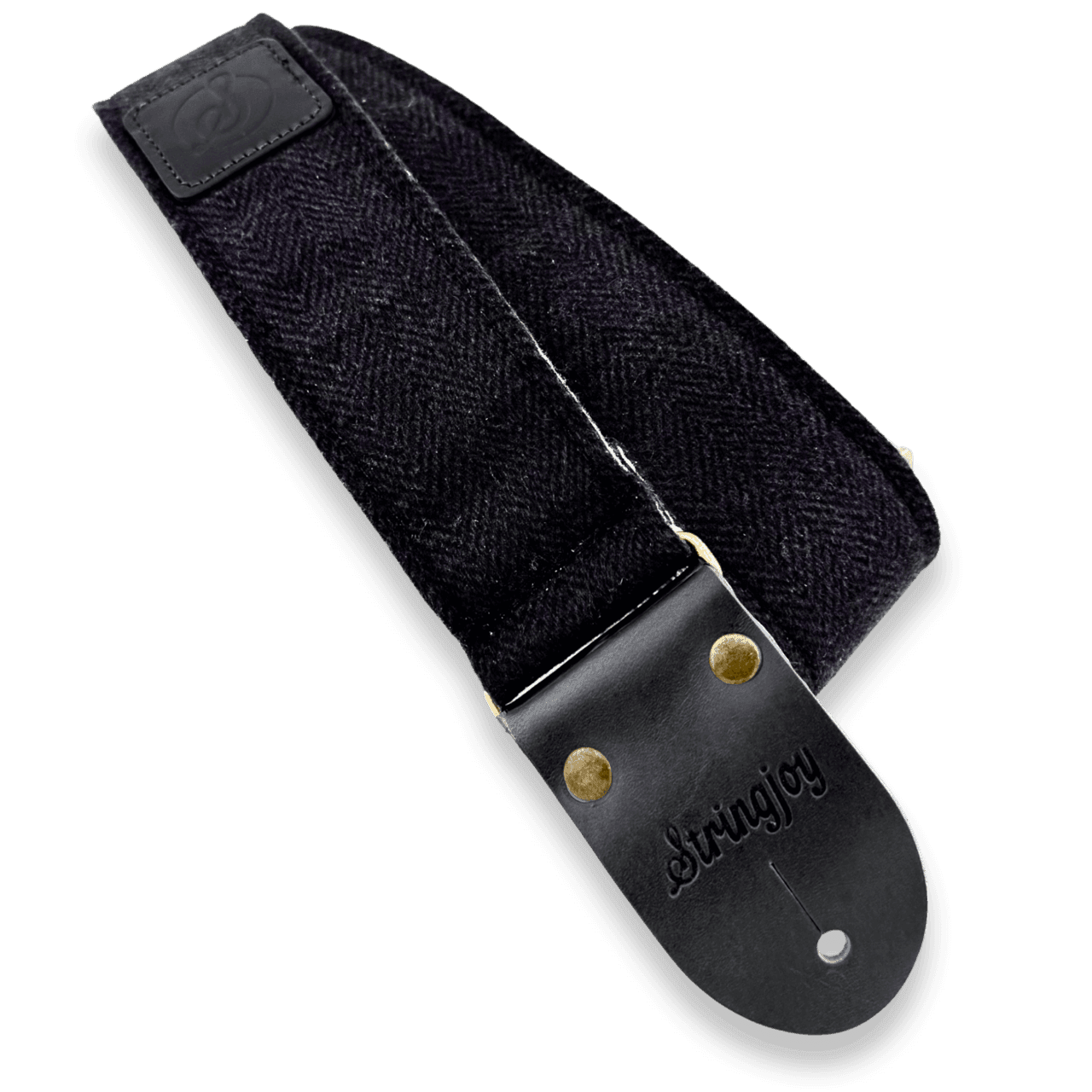
Stringjoy Midnight Tweed Guitar Strap
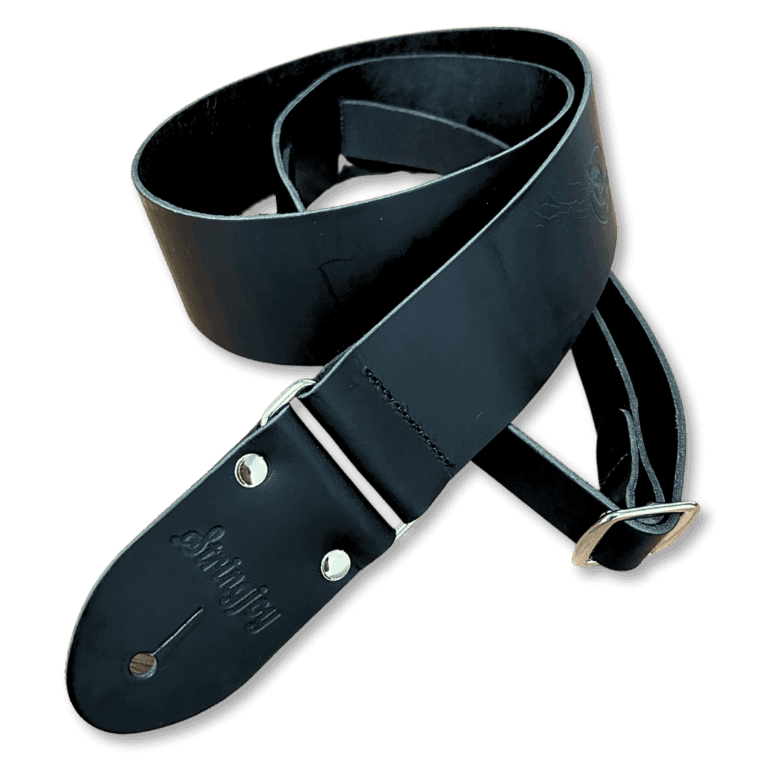
Stringjoy Smooth Black Leather Modern Classic Guitar Strap
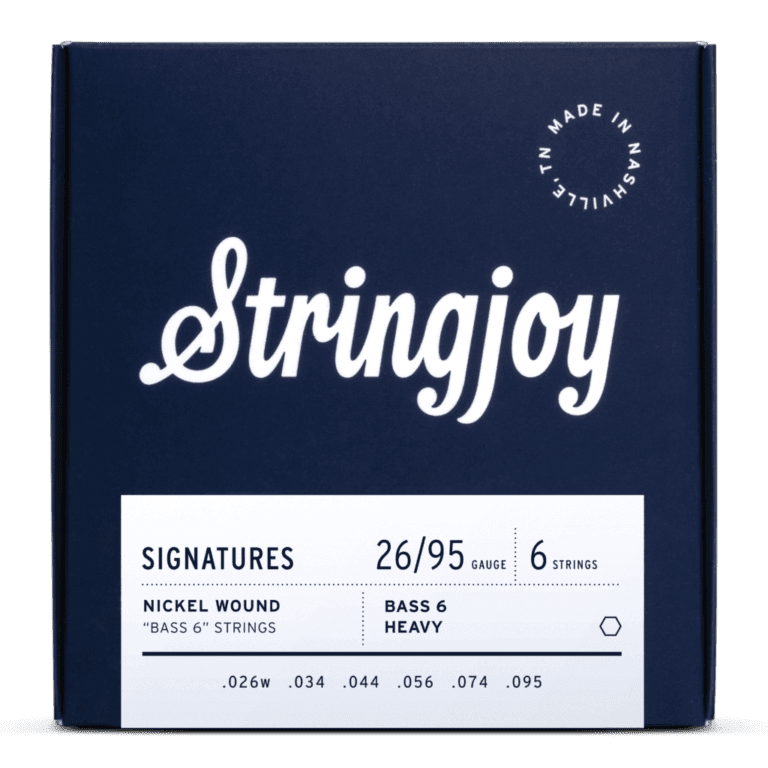
Stringjoy 26-95 Balanced Heavy Gauge Signatures - Nickel Wound Bass VI Strings
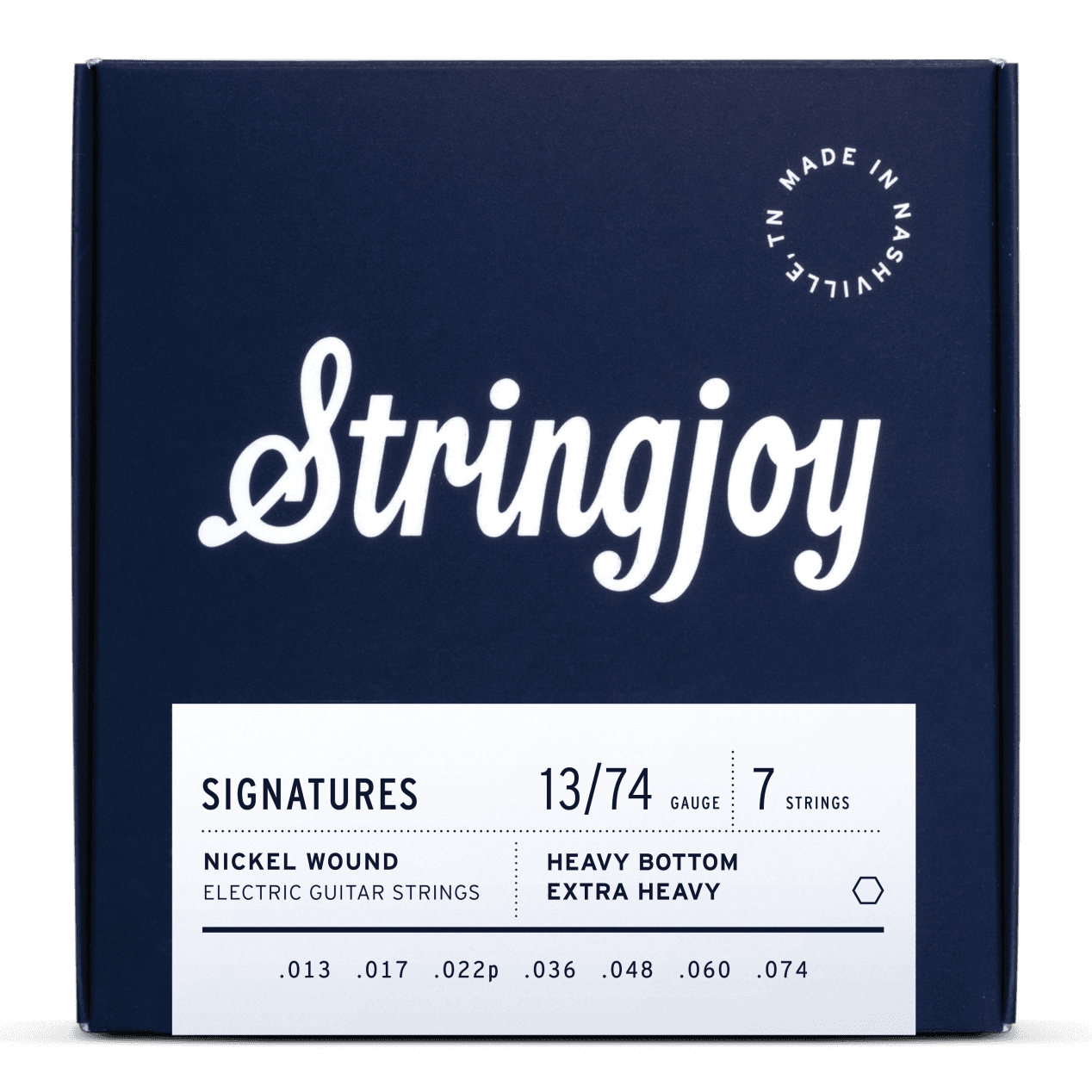
Stringjoy 13-74 7-String Heavy Bottom Extra Heavy Gauge Signatures - Nickel Wound Electric Guitar Strings
Perception and the Modern Market
In the ’80s, the HM-2 was a flop. In the 2000s, it was an artifact. By the 2010s, it was a cult relic commanding ridiculous prices on eBay. Boss eventually took notice.
In 2021, Boss reissued the pedal as the HM-2W Waza Craft, promising a faithful reproduction of the original Japanese-made tone with a few modern upgrades. It sold out faster than you can say “buzzsaw apocalypse.”
Today, the HM-2’s sound has crossed genres. Doom, hardcore, even black metal bands have embraced it. Boutique builders have cloned it endlessly — from Lone Wolf Audio’s "Left Hand Wrath" to Abominable Electronics’ "Throne Torcher" and KMA’s "WURM." The HM-2 isn’t just a pedal anymore; it’s a genre unto itself.
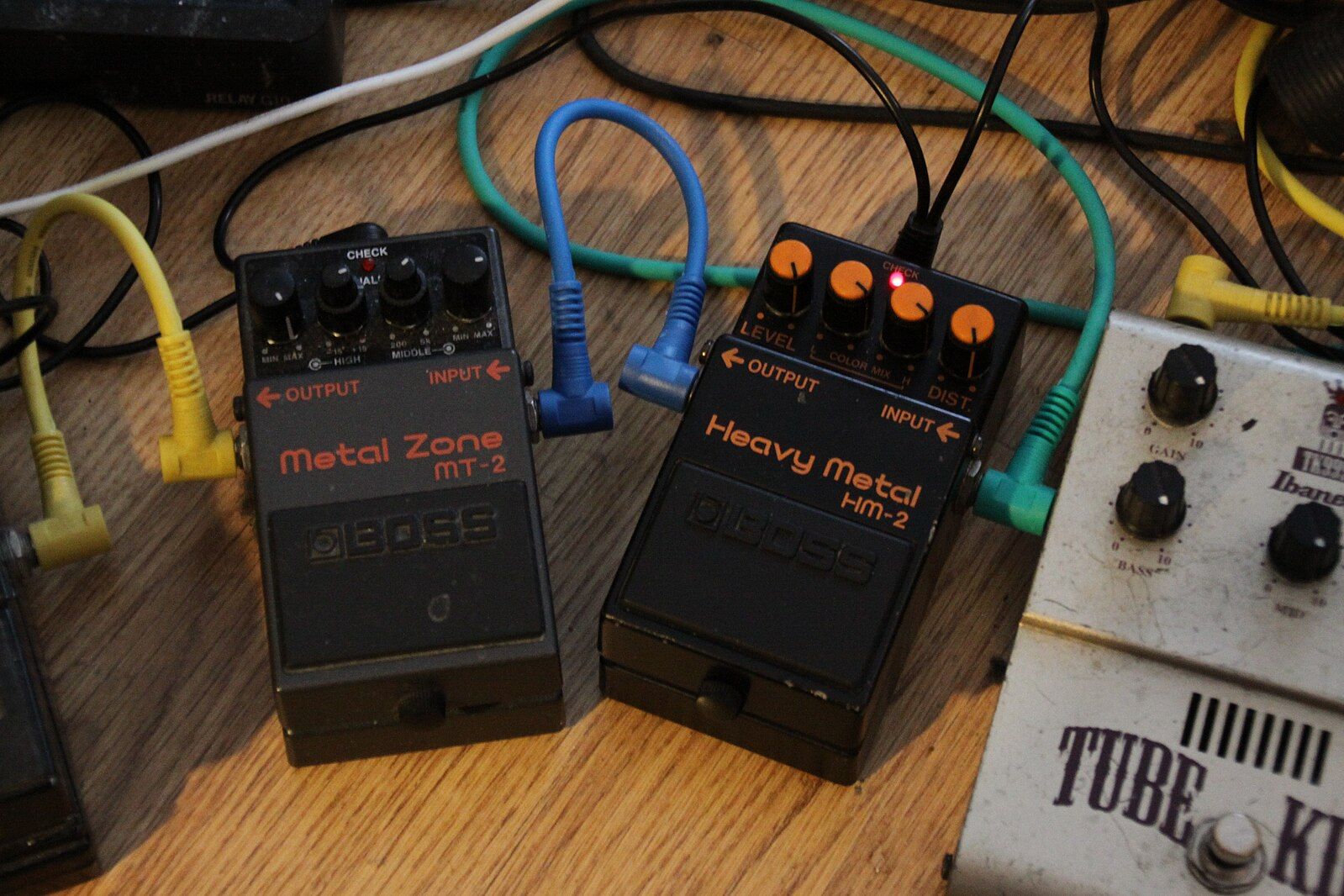
The Chainsaw Legacy Lives On
The HM-2’s legacy isn’t one of refinement — it’s of rebellion. Proof that beautiful things can be born from pure sonic destruction.
Whether you’re a bedroom producer chasing that Entombed tone or a doom lord adding filth to your fuzz, the HM-2 remains a rite of passage for anyone who dares to embrace the beautiful ugliness of heavy music.
So, if you ever see one of those little black and orange boxes sitting unloved on a pawn shop shelf, grab it. Plug it in. Turn everything to 10.
Then hold on — because the chainsaw still cuts deep.
Other Posts you may like

Guitar Strings Order: How the Guitar is Tuned and Why

Two Handed Tapping: Our Top 8 Tappers of All Time
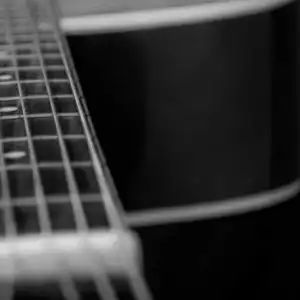
Which Guitar Strings Wear Your Fret Wire Down More?
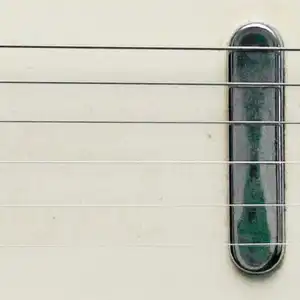
What is Nashville Tuning? Its History, Best Guitar Strings & Uses
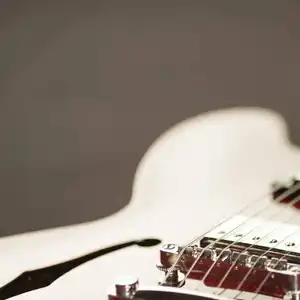
Guitar Scale Length Explained: String Tension & Playability
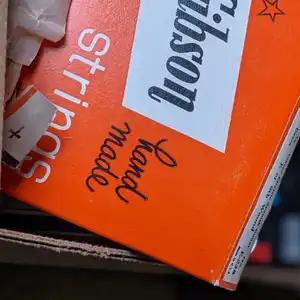
What Guitar Strings I Used To Play...
0 Responses
Leave a Reply
Your email address will not be published. Required fields are marked *

